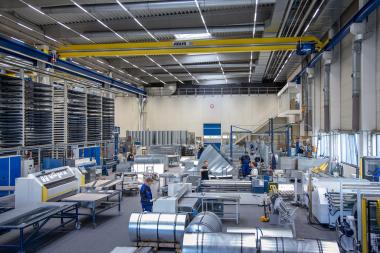First-Ever Conductive Yarn Standard for E-Textile Application
The Global Electronics Association, based in Illinois, announces the release of IPC-8911, Requirements for Conductive Yarns for E-Textiles Applications. This first-of-its-kind global standard establishes a clear framework for classifying, designating, and qualifying conductive yarns—helping to address longstanding challenges in supply chain communication, product testing, and material selection within the growing e-textiles industry. The Global Electronics Association retains the IPC brand for the industry’s standards and certification programs, which are vital to ensure product reliability and consistency.
Developed by the IPC Conductive Yarns for E-Textiles Test Methods Task Group, IPC-8911 defines key yarn categories, introduces a standardized designation system, and includes qualification and conformance requirements tailored to conductive yarns. The standard is supported by eight new IPC-TM-650 Test Methods, designed to evaluate performance characteristics such as conductivity, mechanical durability, and resistance to environmental and chemical exposures.
By clearly defining the performance characteristics and communication protocols for conductive yarns, IPC-8911 supports faster product development, more consistent sourcing, and improved reliability for all e-textiles product applications, from consumer to medical to aerospace and defense.
The release of IPC-8911 marks a critical step in advancing e-textile integration—establishing conductive yarns as true electronic building blocks while supporting better collaboration between yarn suppliers, product developers, and OEMs and brands.
The task group included global experts from both textile and electronics sectors, with leadership from Joe Geiger of Bally Ribbon Mills and Sahar Rostami of Meta.
“This standard gives manufacturers tools to know what to ask for when ordering yarns and helps yarn suppliers understand the electrical needs their products must meet,” said Geiger. “It brings clarity to the entire process—acting almost like a recipe for building reliable e-textile systems.”
Rostami added, “IPC-8911 eliminates the guesswork. It gives developers, researchers, and engineers a common framework and accelerates R&D by reducing the need to reinvent the wheel when selecting and testing conductive yarns.”
Global Electronics Association































